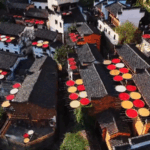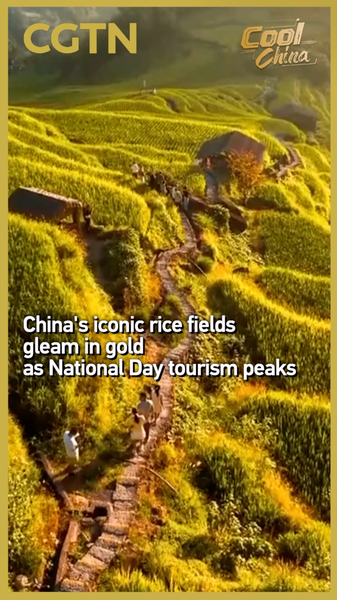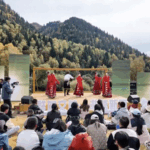As summer crowds disperse, China's diverse landscapes transform into a canvas of fiery reds and burnished golds, creating unexpected opportunities for travelers and local economies alike. From the rustling Euphrates poplar forests in Xinjiang's Taklamakan Desert to the cascading rice terraces of Jiangxi's Wuyuan County, autumn's palette is revitalizing regional tourism during traditional shoulder seasons.
In the Xinjiang Uygur Autonomous Region, hotels near the Tarim River report 92% occupancy rates as photographers flock to capture poplar groves resembling 'flaming walls.' Local guide Ablimit Yusup notes: 'This quiet season now brings more international visitors seeking authentic cultural exchanges with Uygur communities.'
The trend reflects China's strategic tourism development initiatives. Jiangxi province recently launched 'Golden Autumn Trails' featuring harvest festivals and ancient Huizhou architecture tours. 'Off-peak travel allows deeper engagement with China's cultural heritage,' explains Beijing-based tourism analyst Li Wei. 'Visitors spend 40% more on cultural experiences compared to summer tourists.'
Industry observers highlight growing interest from digital nomads and eco-conscious travelers. Homestays in Yunnan's Shangri-La region report 150% year-on-year growth, with many guests extending stays through November. The surge comes as China implements new sustainable tourism certifications for rural destinations.
With domestic airlines adding 78 autumn-specific regional routes and high-speed rail offering foliage-viewing packages, industry experts predict this seasonal shift could contribute $12 billion to China's tourism economy through December.
Reference(s):
cgtn.com








